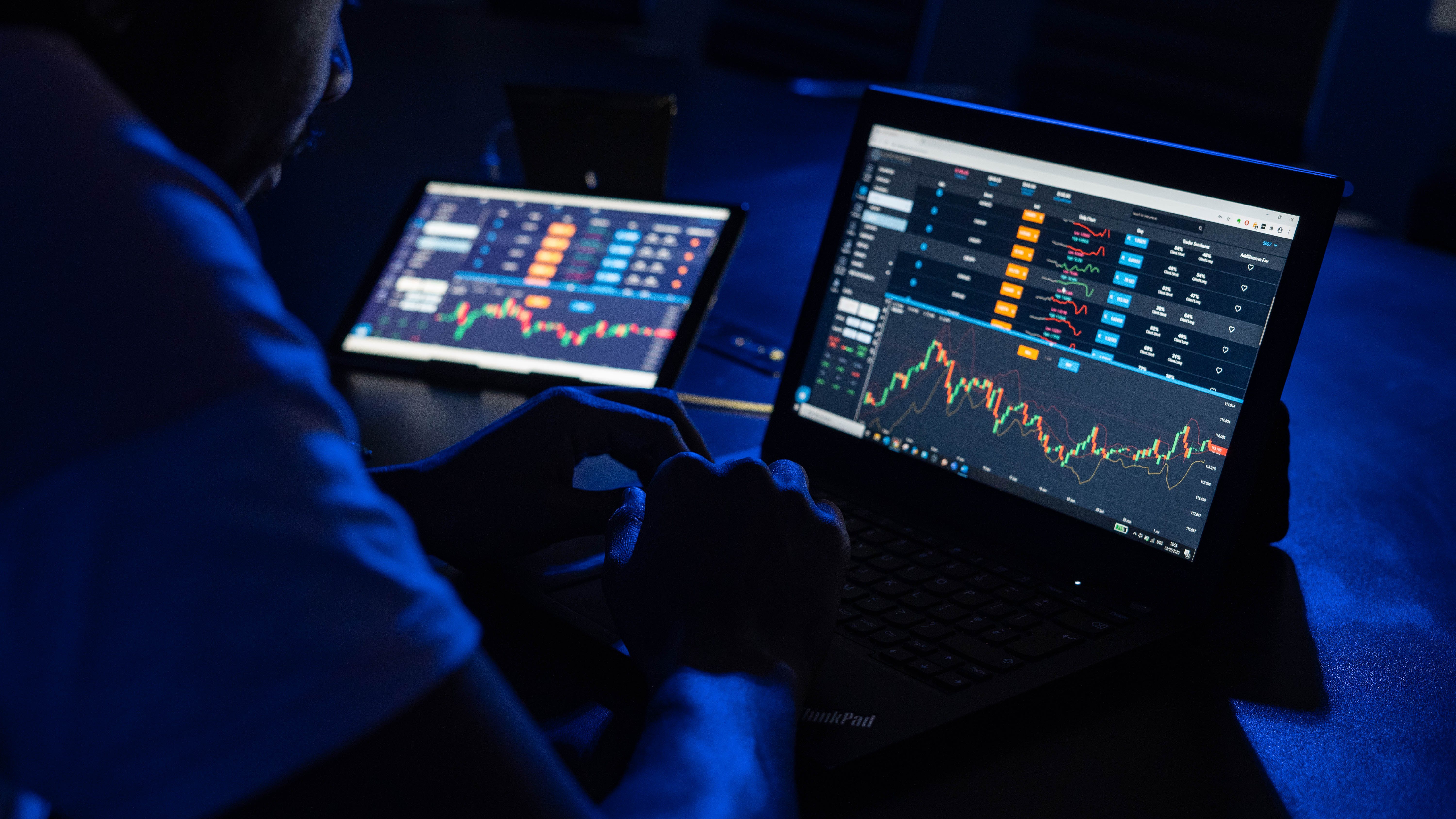In the world of trading, two terms often mentioned are “leverage” and “margin.” Understanding these concepts is crucial because they can significantly impact your trading strategy and risk management. In this article, we’ll break down the basics of leverage and margin, making them easy to grasp for both beginners and experienced traders.
Leverage: Amplifying Your Trading Power
Imagine leverage as a financial magnifying glass that allows you to control a more substantial position with a relatively small amount of your own capital. It’s like a financial booster shot for your trades. Here’s how it works:
- Leverage Ratio: Leverage is typically expressed as a ratio, such as 50:1 or 100:1. The first number represents your capital, while the second is the amount you can control. For instance, with 50:1 leverage, a $1,000 investment gives you control over $50,000 in assets.
- Profit Amplification: Leverage can amplify both gains and losses. If the market moves in your favor, you’ll see more substantial profits than you would with just your initial investment. However, if the market goes against you, losses can escalate rapidly.
- Risk Management: Using leverage requires careful risk management. It’s essential to set stop-loss orders to limit potential losses and avoid overextending your trading position.
Margin: Your Skin in the Game
Margin is the amount of your capital that you need to put up as collateral when using leverage. It’s like the security deposit you leave when renting a house. Here’s how margin works:
- Margin Percentage: Margin is usually expressed as a percentage of your total position. If you’re using 2% margin on a $10,000 trade, you’re putting up $200 of your own capital as collateral.
- Margin Calls: Brokers may issue margin calls if your losses deplete your account balance to a certain level. When you receive a margin call, you’ll need to deposit additional funds to cover your positions or close them to limit further losses.
- Leverage and Margin Go Hand in Hand: Leverage and margin are intertwined. To calculate your margin requirement, you multiply your trade size by the margin percentage. For instance, a $10,000 trade with 2% margin requires $200 in capital.
Risk and Reward
Now that you understand leverage and margin, it’s crucial to grasp the balance between risk and reward:
- Potential for Greater Gains: Leverage can boost your profits when markets move in your favor, making it an attractive tool for traders looking to maximize returns.
- Increased Risk: On the flip side, leverage amplifies losses just as much as gains. It’s a double-edged sword, and overleveraging can lead to substantial losses.
- Risk Management Is Key: To use leverage effectively, you must employ robust risk management strategies. This includes setting stop-loss orders, diversifying your trades, and never risking more than you can afford to lose.
As a trader, it’s really important to get a good grasp of these concepts and make smart use of them in line with your comfort level and trading plan. Keep in mind that leverage can boost your profits, but it can also make your losses bigger, so be cautious and make sure to give top priority to managing risks in your trading adventures.

